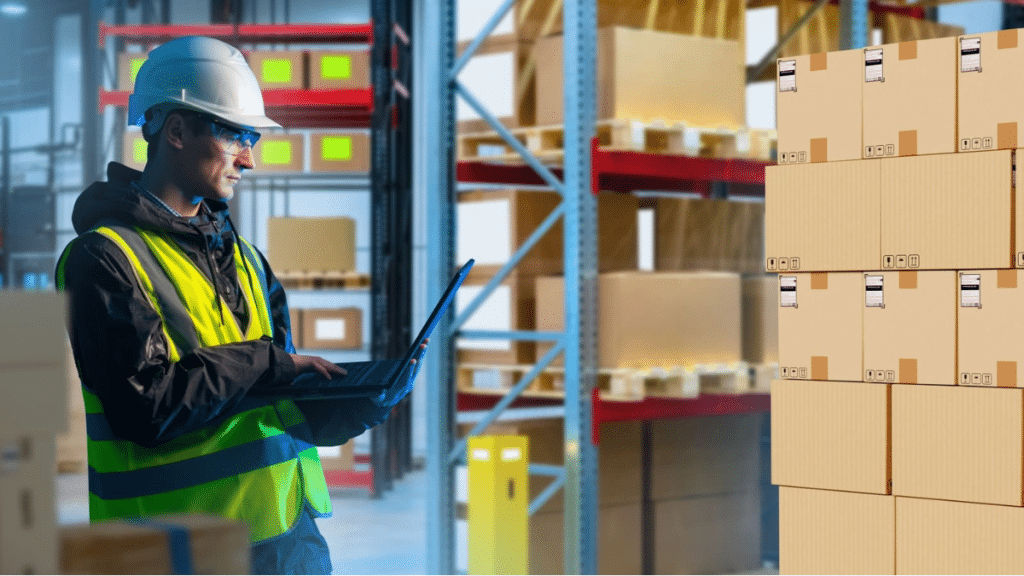In today’s rapidly evolving global trade environment, businesses face unprecedented challenges—tariff fluctuations, shifting manufacturing hubs, and economic uncertainty. Amid these complexities, bonded warehouses have emerged as a strategic tool for importers, exporters, and logistics providers.
A bonded warehouse allows companies to store imported goods without paying customs duties or taxes until the products are released into the domestic market. This flexibility is invaluable in managing cash flow, optimizing inventory, and navigating volatile trade policies.
This article explores how bonded warehouses work, their key benefits, and why they are becoming increasingly essential in global logistics.
What Is a Bonded Warehouse?
A bonded warehouse is a secure facility authorized by a country’s customs authority where imported goods can be stored, processed, or repackaged without immediate duty payments. These warehouses operate under strict customs supervision, ensuring compliance with trade regulations.
Goods stored in bonded warehouses remain “in bond”—meaning customs duties and taxes are deferred until the products are either:
- Released into the local market
- Re-exported to another country
- Destroyed under customs supervision
Bonded warehouses can be public (government-operated) or private (managed by third-party logistics providers). Some even offer value-added services like labeling, kitting, and light assembly while goods are still under customs control.
Key Benefits of Bonded Warehouses in Global Logistics
1. Duty and Tax Deferral
The most significant advantage of bonded warehousing is the ability to delay duty payments until goods enter the domestic market. This is especially useful when:
- Tariffs are high or subject to sudden changes
- Companies need to preserve cash flow
- Goods are destined for re-export (avoiding duties entirely)
2. Tariff Volatility Mitigation
With trade policies shifting frequently (e.g., U.S.-China tariffs, Brexit, and regional trade agreements), bonded warehouses act as a buffer. If tariffs increase, businesses can hold inventory in bond while reassessing distribution strategies.
3. Re-Export and Transshipment Hub
For companies engaged in global distribution, bonded warehouses allow goods to be stored temporarily before being shipped to another country—without incurring import duties. This is common in free trade zones and major port cities.
4. Inventory and Supply Chain Flexibility
Bonded warehouses provide a high level of flexibility for inventory management, allowing goods to be stored for up to five years. This extended storage period is especially valuable for industries with seasonal demand or those looking to delay duties until market conditions improve. In addition to duty deferral, many bonded warehouses offer in-house services like packing, labeling, and shipping, reducing the need for outside providers and streamlining supply chains. This combination of long-term storage, efficient cash flow management, and integrated services makes bonded warehouses an ideal choice for businesses navigating complex global trade.
5. Security and Risk Mitigation in Supply Chains
Bonded warehouses provide a secure environment for high-value goods, following strict customs regulations to minimize theft and damage. These facilities are equipped with advanced security measures like surveillance cameras, restricted access, and real-time tracking systems to ensure proper handling and control. By choosing bonded warehouses, businesses can reduce supply chain risks, enhance inventory management, and protect their investments.
Types of Bonded Warehouses
| Type | Description | Best For |
| Public Bonded Warehouses | Government-operated facilities | General storage, small businesses |
| Private Bonded Warehouses | Owned by 3PLs or corporations | High-volume importers, specialized goods |
| Free Trade Zones (FTZs) | Duty-free zones near ports/airports | Re-export, manufacturing, assembly |
Each type offers unique advantages depending on a company’s logistics needs.
The Strategic Advantage of Bonded Warehouses in 2025
Several global trends are increasing the relevance of bonded warehousing:
1. Trade Policy Uncertainty
With ongoing trade disputes and shifting regulations (e.g., U.S. tariffs, Brexit adjustments), businesses need ways to minimize risk. Bonded warehouses provide a way to pause and reassess before committing to duty payments.
2. Nearshoring & Supply Chain Diversification
As companies move manufacturing out of China to countries like Mexico, Vietnam, and India, bonded warehouses near new trade routes help streamline cross-border logistics.
3. Rising Interest Rates & Cash Flow Pressures
Higher borrowing costs make cash preservation critical. By deferring duties, businesses can allocate capital more efficiently.
4. E-Commerce & Just-in-Time Logistics
Online retailers and direct-to-consumer brands use bonded warehouses to stage inventory closer to customers while avoiding upfront duties.
Potential Challenges of Bonded Warehousing
While beneficial, bonded warehouses come with some complexities:
- Strict Compliance Requirements – Customs audits, documentation, and security protocols must be followed.
- Storage Costs – Long-term storage fees can add up if goods aren’t moved quickly.
- Limited Availability – Not all regions have bonded facilities, and some goods may not qualify.
How to Choose a Bonded Warehouse Provider
When selecting a bonded warehouse, consider:
Location and Accessibility: Choose a bonded warehouse near major ports, airports, or transportation hubs to reduce transit times and drayage costs, ensuring faster distribution.
Compliance and Licensing: Verify that the provider is fully licensed and authorized to operate as a bonded warehouse, complying with all customs regulations.
Security and Safety: Opt for a warehouse with robust security systems, including 24/7 surveillance, secure access controls, and fire protection for maximum safety.
Storage Capabilities: Ensure the warehouse offers flexible storage options, including temperature-controlled areas and space for bulk or oversized items.
Inventory Management and Technology: Look for providers with advanced warehouse management systems (WMS) for real-time tracking and seamless integration with your systems.
Author Bio:
This article was authored by Roghaiyeh Eghbali, a Digital Marketing Specialist at OLIMPWarehousing. OLIMPWarehousing provides innovative warehousing and logistics solutions, helping businesses streamline their operations and improve efficiency.
